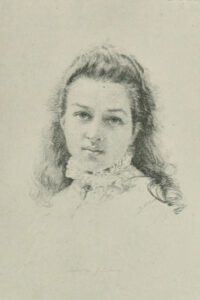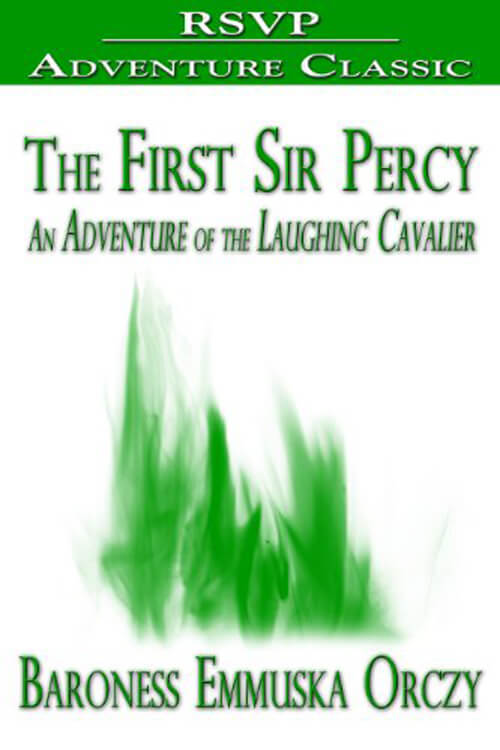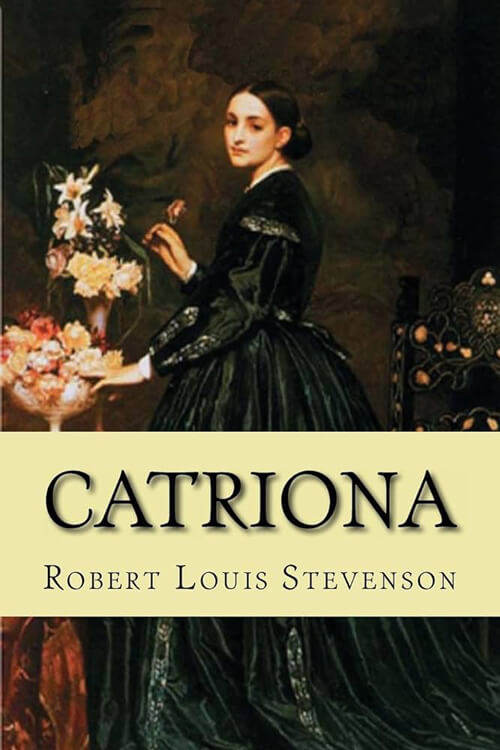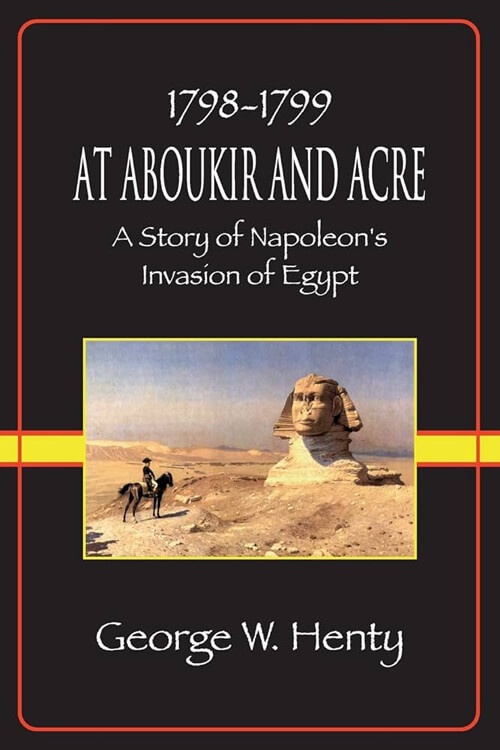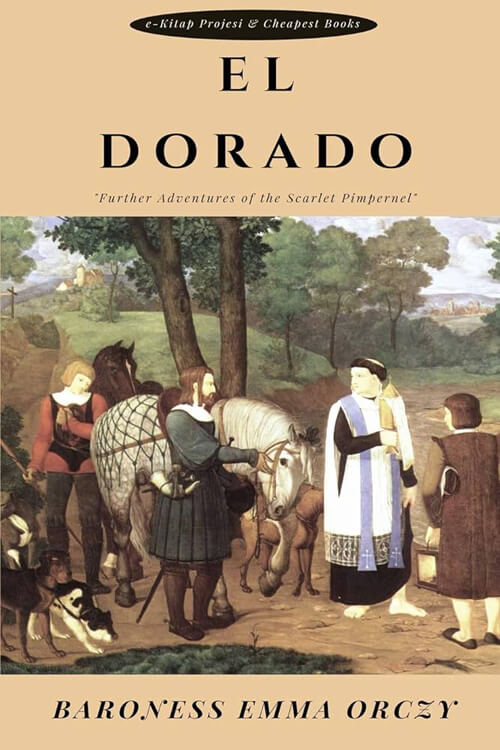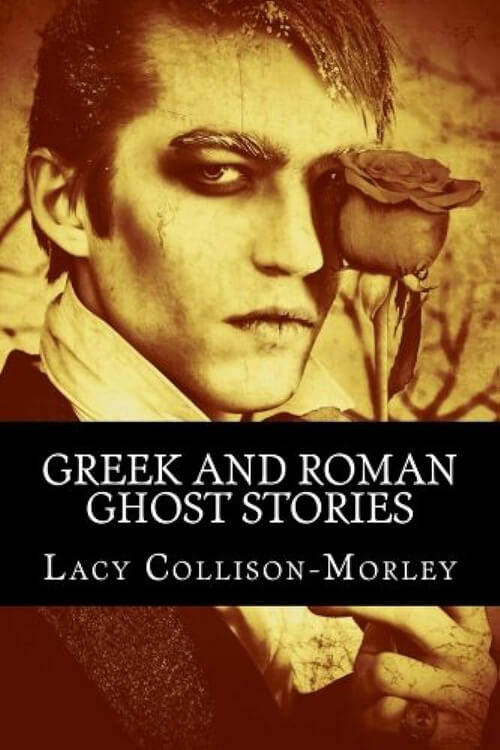
Indian Legends Retold
The first Indian legends, repeated by the fireside to children, deal with the animals humanized, their gifts, and their weaknesses in such a way as to be a lesson to the young. Our view of the creation allows a soul to all living creatures, and rocks and trees are reverenced as sharers in the divine. Beyond their simplicity and realism, there is always the unexplained, the background of mystery and spirituality. These animal fables serve as an introduction to more complicated stories with human actors, which almost always have their hidden morals and are accepted by our people as guides to life.
They are full of humour, poetry, pride, tenderness, boastfulness, and real heroism. Human lives are mingled with the supernatural, elements, and mysterious powers, bringing swift punishment for wrongdoing. This is the basis of our Indian philosophy, the groundwork laid in the child’s mind for him to develop later in life by his observation. One who reads these stories carefully and thoughtfully will understand something of Indian psychology. Mystery to the Indian is not a mystery but a reflection of the Great Mystery, which opens out as simply as a flower.
To us, nothing is strange or impossible. It seems natural that an animal or even a rock should speak; God is in it and speaks through it. Remember that these are only fragments of once consecutive and continued stories, too long and involved to be set down in full. With just such stories, the foundation of my early education was laid in the cold winter evenings, and the impression made was permanent.
The characters were real people to me, and the tales of the old men and old women fostered a love of nature, reverence, a kindly spirit, and finally, patriotism and the inspiration for the heroic effort. Like the other boys, I was expected to learn them by heart and rehearse them in the family circle. Having these old stories saved for the children of another race and generation is gratifying.
Read or download Book
Elaine Goodale Eastman
Elaine Goodale Eastman (1863–1953).
Biography.
Elaine Goodale taught at the Indian Department of Hampton Institute, started a day school on a Dakota reservation in 1886, and was appointed Superintendent of Indian Education for the Two Dakotas by 1890. She married Dr Charles Eastman (also known as Ohiye S’a), a Santee Sioux who was the first Native American to graduate from medical school and become a physician educated in Western medicine. They lived with their growing family in the West for several years. Goodale collaborated with him in writing about his childhood and Sioux culture; his nine popular books made him a featured speaker on a public lecture circuit. She also continued her writing as a journalist in many of the newspapers and magazines of the day and in books in genres including novels, biographies, and memoirs.
Her last book was published in 1930; a memoir edited by Kay Graber was published posthumously in 1978. In 1881, Elaine published The Journal of a Farmer’s Daughter. Two years later, she became a teacher at the Hampton Institute in Virginia to educate freedmen. She taught a new group of 100 Native American students from the West. In 1885, Goodale made a tour of the Sioux Reservation, as she wanted to learn more about her students’ world. Having become interested in the cause of Indian reform, in 1886, Elaine Goodale received a government appointment to teach Indians at the White River Camp, where she set up a day school.
She strongly supported educating children at day schools on the reservations rather than sending them away to boarding schools. 1890, Goodale was appointed Superintendent of Indian Education for the Two Dakotas for the Bureau of Indian Affairs. In the aftermath of the Wounded Knee Massacre in December 1890, she cared for the wounded with Dr. Charles Eastman, a Santee Sioux doctor of part Anglo-American ancestry. They fell in love, and in 1891, she and Charles married in New York.


